
5 Must Have Elements in a Sensory Room
Have you secured funding and getting ready to put together a sensory room and not sure where to start? Or maybe you have bits and pieces and don’t feel it’s as effective as it could be. Or maybe you just want to add these items to your special education teacher bucket list.
Wherever you are on your sensory room journey, there are 5 elements that are must haves in any sensory space.
#1 Lighting
I love lighting myself. I have twinkle lights up in my classroom every year. But the benefits of lighting in a sensory room are proven.
There are many ways to bring color into a sensory room. You can choose to cover your fluorescent lighting with colored panels, add a strand of lights around the top, or putting a strand on the ground for students to manipulate. Some equipment in a sensory room often has its own lighting such as fish tanks, fiber-optic lamps, or wall projectors. Choose what is best for your budget and your space but lighting is a must-have in any sensory room.
Keep these tips in mind:
- The different colors of the lights can stimulate the senses. The user can call out colors and match them to other objects or equipment in the room.
- If you go with 1 color, choose a soft blue or white.
- Use one strand. A bunch of strands together may produce a sensory overload.
- Fiber-optics or LED are a good choice
- Flashing lights are not recommended as they can trigger seizures
These are the ones I use. I am not an affiliate for any of these items.


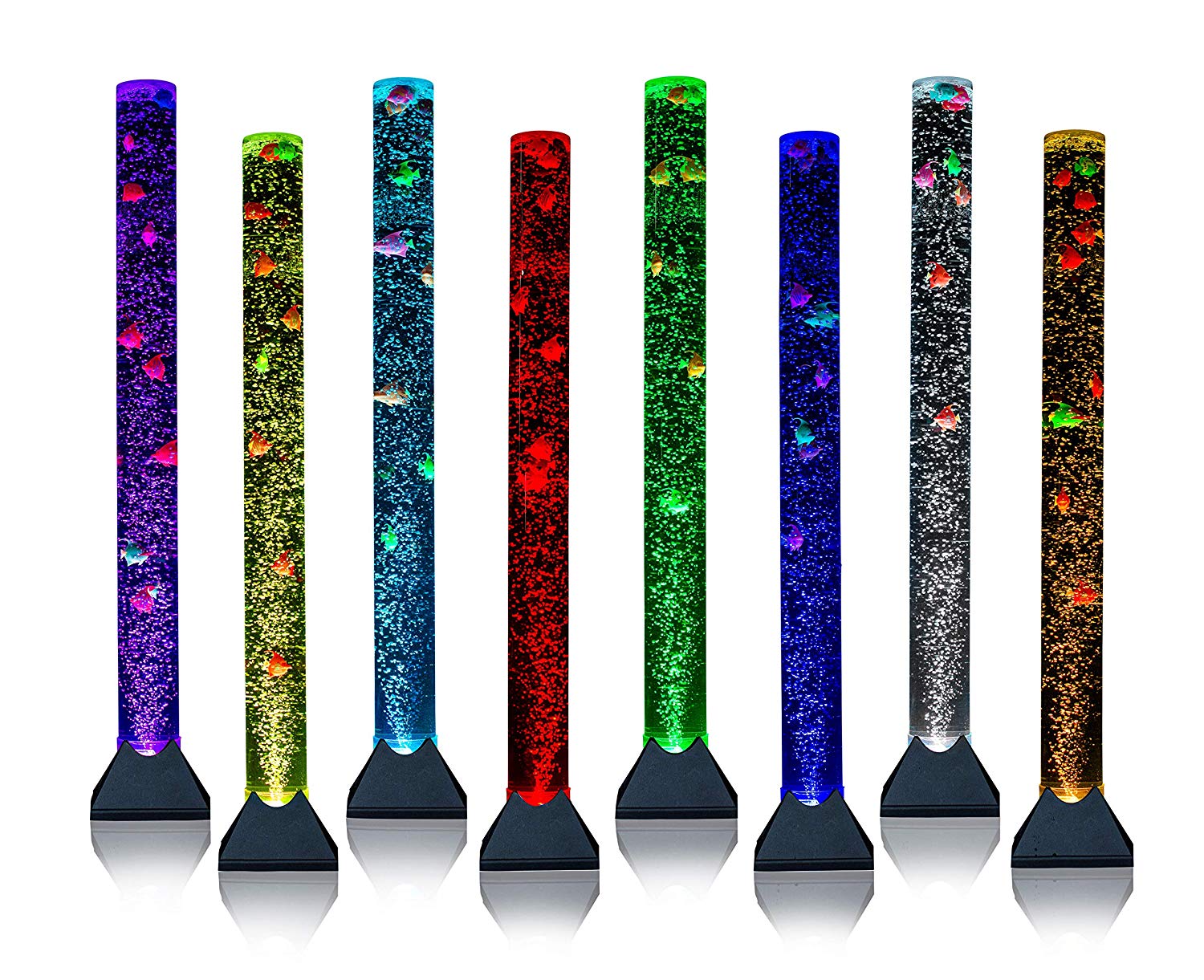
#2 Pressure/Weight
There have been a number of studies that look at the effects of deep touch pressure on students with autism, ADHD, anxiety, etc. and while the products and procedures may differ, the results are the same: the data showed a decrease in anxiety, tantrums, meltdowns, and tactile defensiveness, and an increase in positive emotions.
There are a number of available retail products that offer deep pressure input. If you’re lucky enough to have a large budget, therapeutic “squeeze machines,” modeled after the original one designed by Temple Grandin, offer deep touch pressure by compressing the child/adult in between two foam pads or rollers as he squeezes through to the other side. However, they can be quite costly ranging from $500-$5000. and the lack of portability makes these sensory tools out of reach for many teachers in need of deep touch pressure therapy solutions.
Cheaper sensory pressure options include:
- Weighted blankets
- Weighted lap pads
- Weighted vests
- Sensory compression pods
- Compression vests
Want the Cheapest option?? Give your student a great, big, tight bear hug several times a day!!
These are the items I purchased for my room.
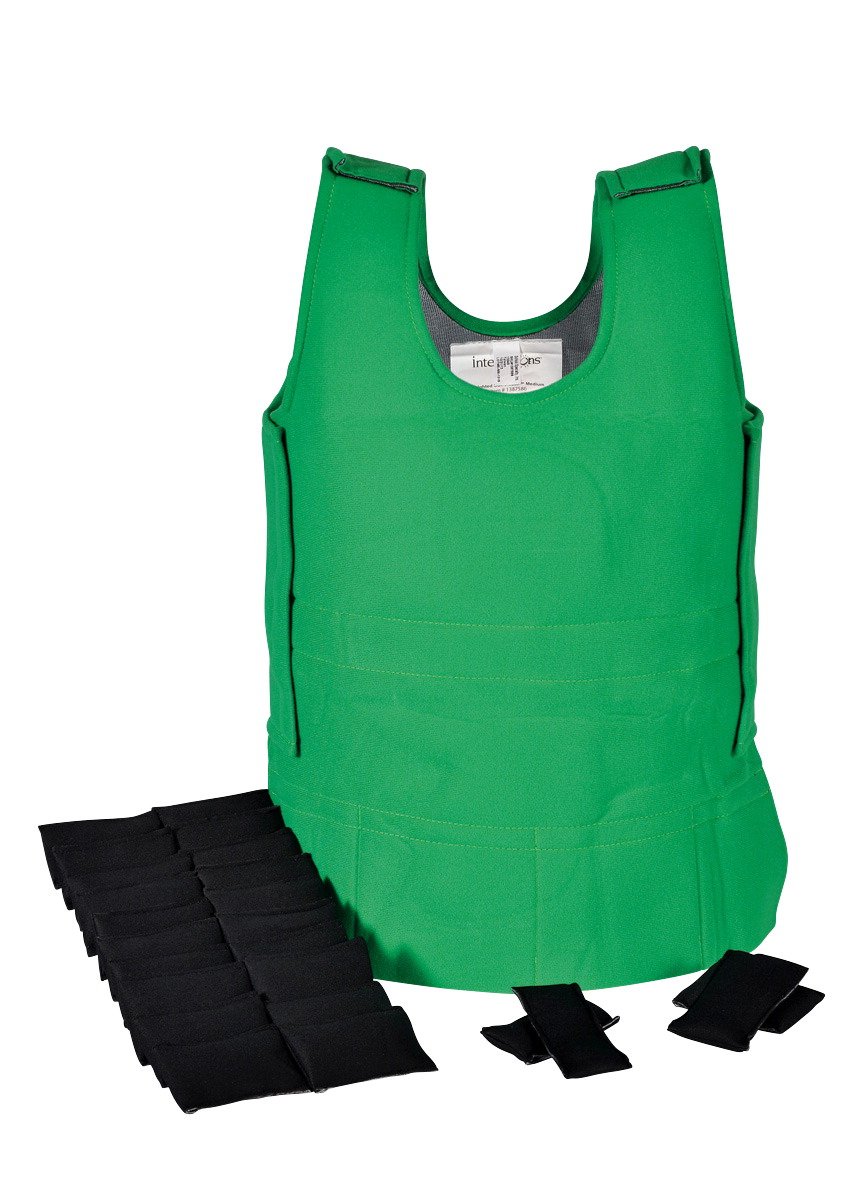
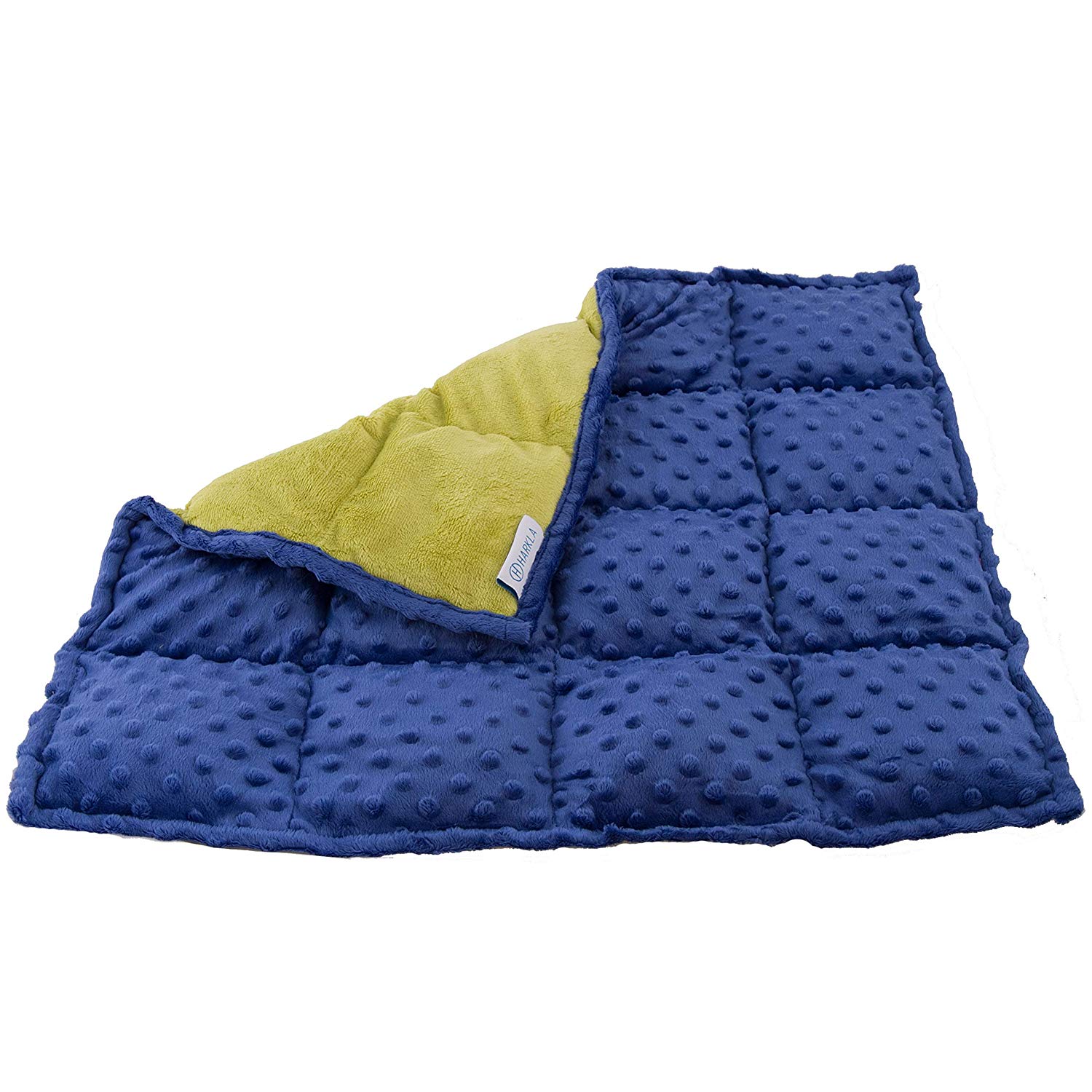
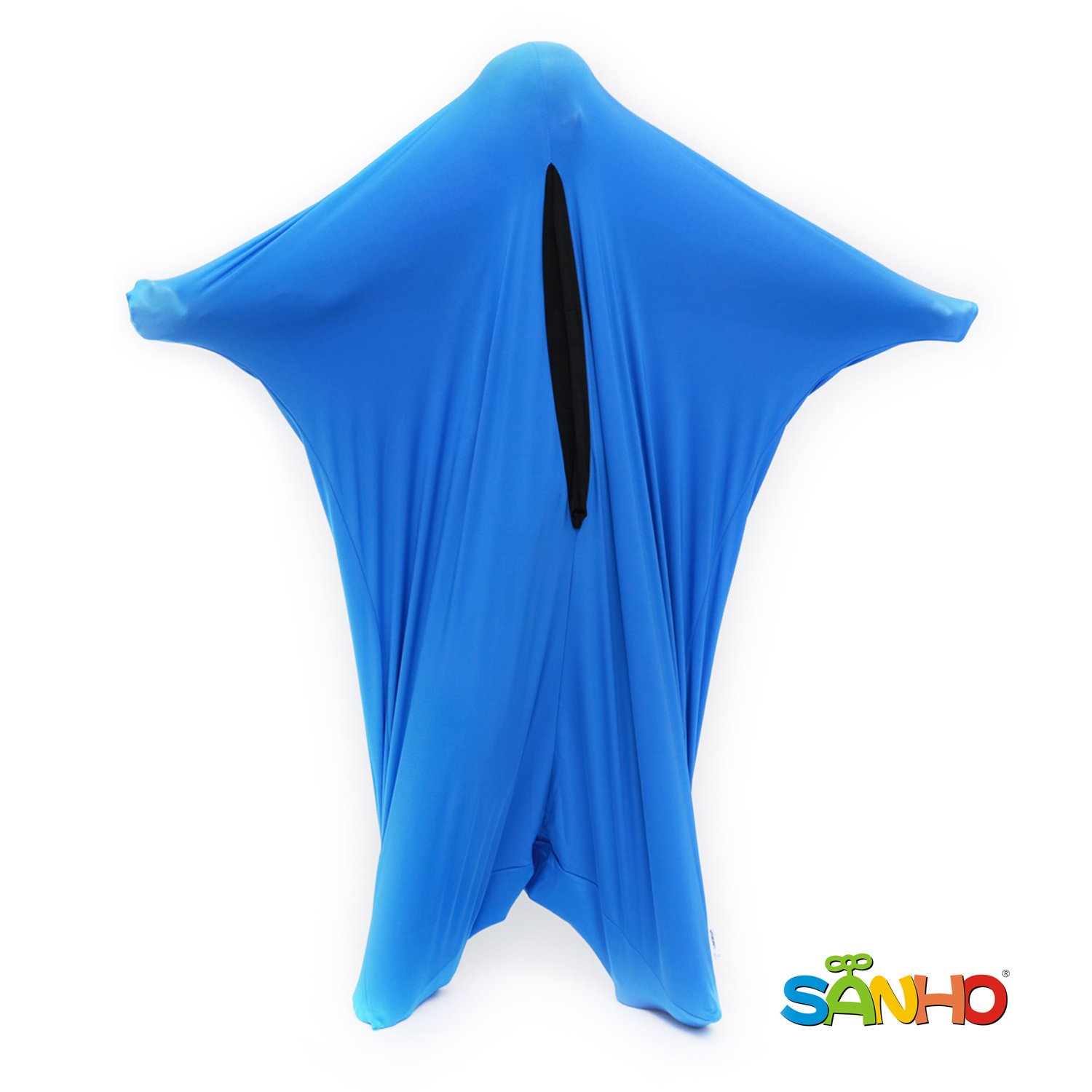
#3 Tactile/Texture
Autistic children with tactile sensory issues may have difficulty tolerating normal, every day sensations. A child who likes to seek out tactile sensory experiences may stroke and touch many different textures.
Therapists work with tactile-sensitive individuals to desensitize them to unavoidable textures and touch sensations, which is accomplished gradually over time using therapy brushes, sand and water activity tables, and therapy balls.
Tactile experiences will be the easiest(and the cheapest!) to supply in your sensory room...after all, everything has its own texture and feel. Put out plastic bins of beans, rice and sand. The feel of the materials in this section are very calming and therapeutic, and this activity presents a very low demand for students while providing a great deal of sensory input through the hands.
Popular tactile input activities include:
- Playdoh, funny foam, Theraputty
- Textured balls, squish balls
- Tactile walls, boards and books
- Textured puzzles
- Sensory brushes
- Fingerpaints
- Vibrating kid toys
- Water beads
These are some of my student's favorites!
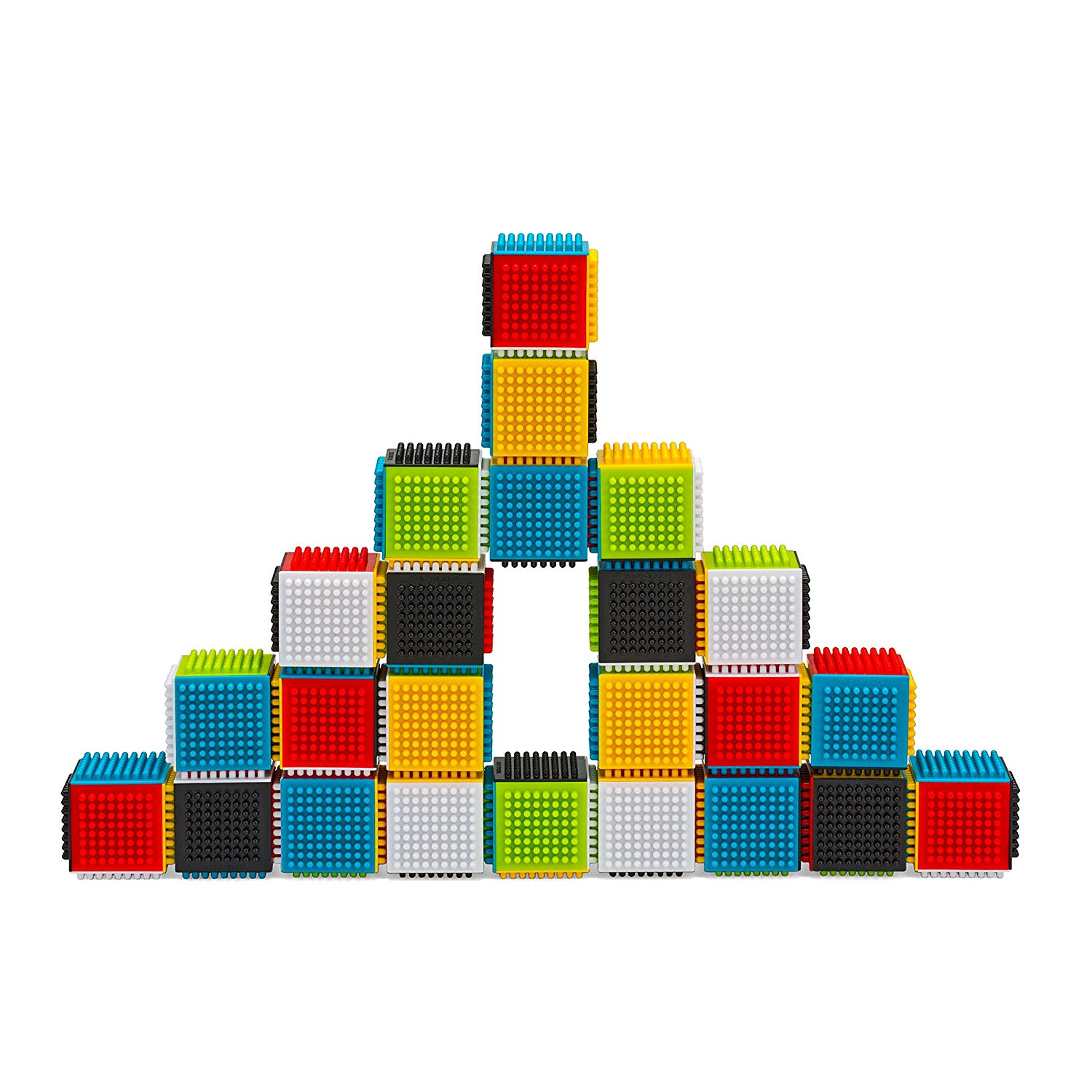
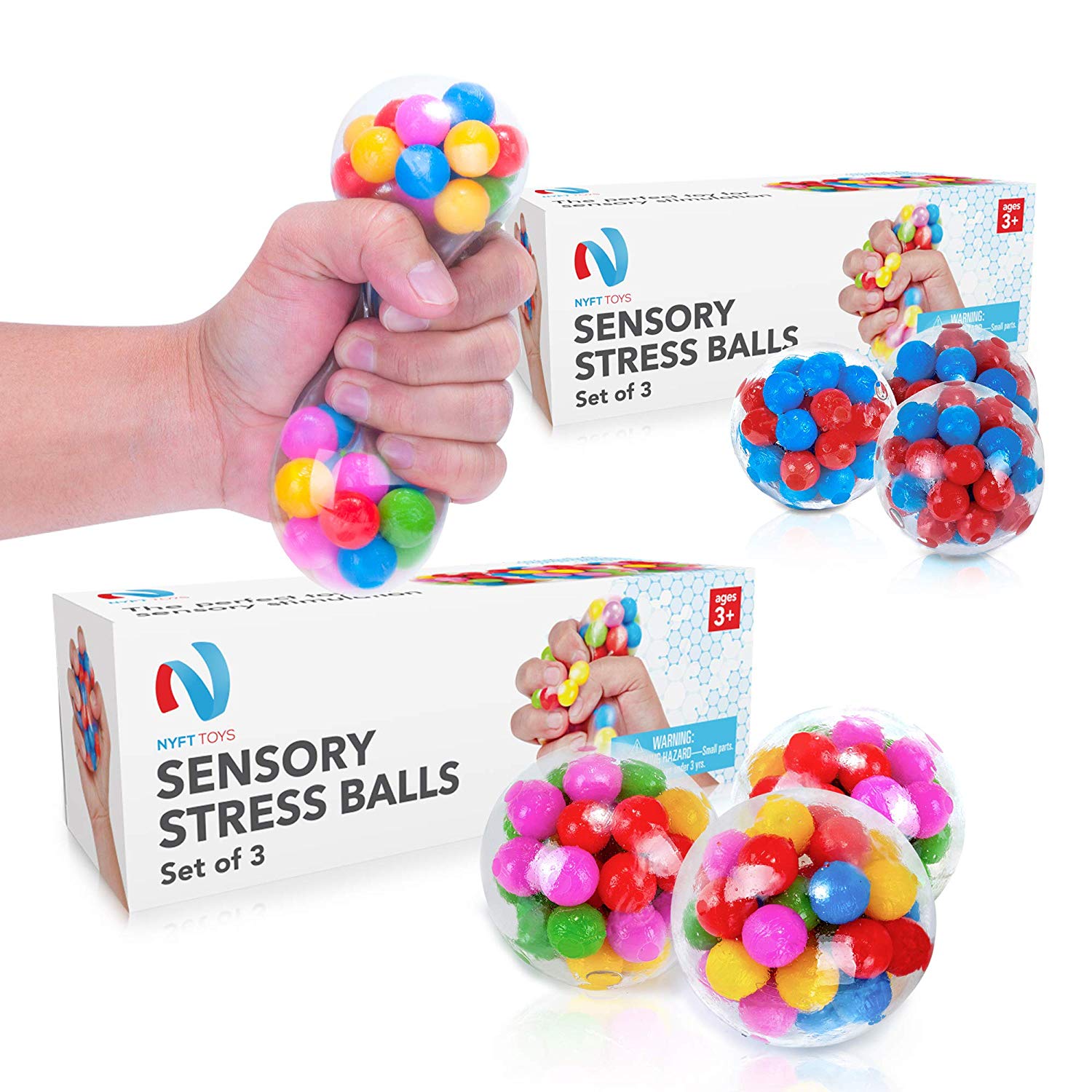
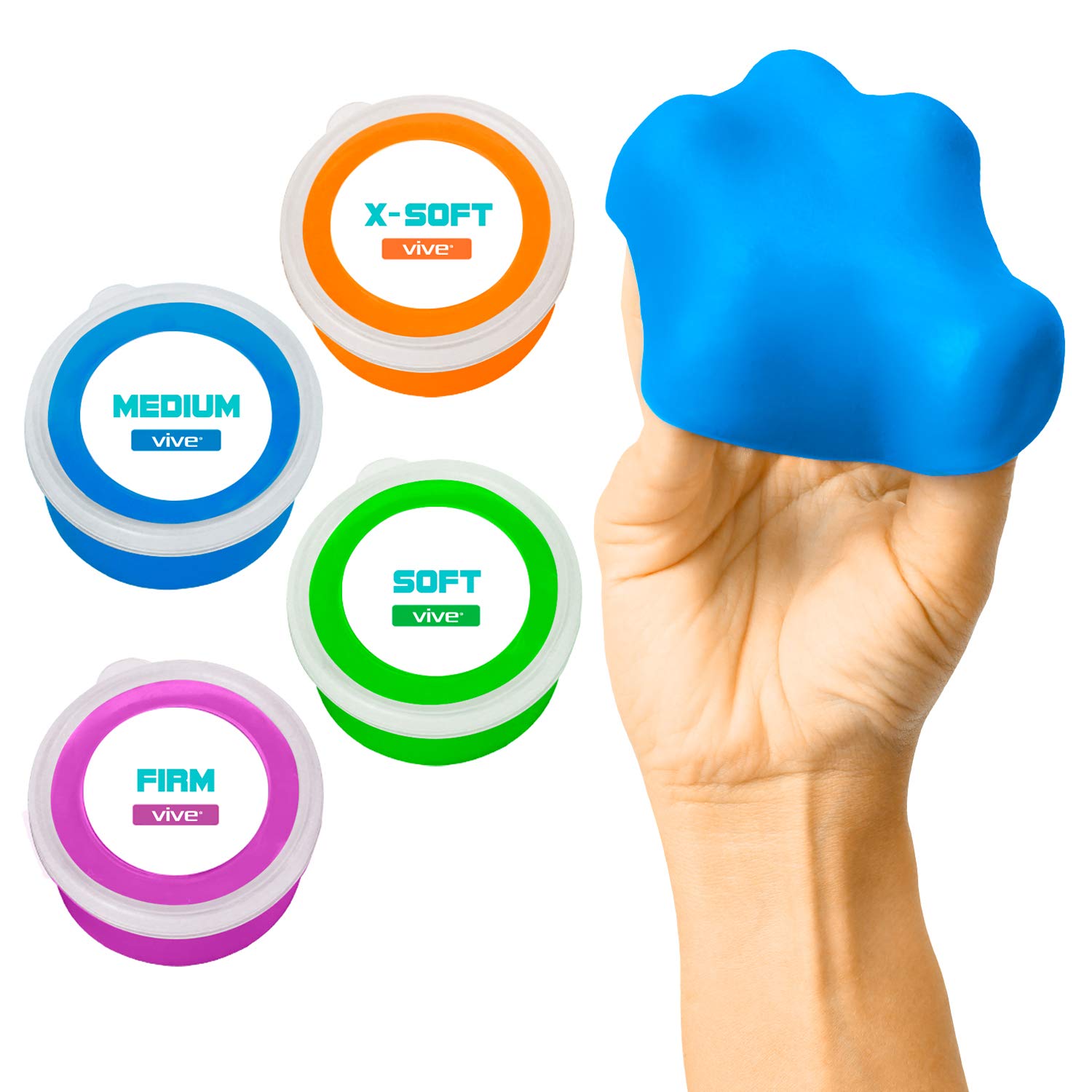
#4 Movement
Movement is essential in the development of all children. Many children with autism have trouble processing vestibular input, their body doesn’t know how to move within their environment. When they go to jump, they can’t judge how far their jump needs to be. If they want to do a somersault, they don’t know that they will land on the ground. Even zipping up their jacket or writing can be difficult. Large movement activities such as swinging and spinning have the potential to impact the brain’s ability to process sensory information.
Swinging
Swinging can strengthen specific sensory experiences an autistic child encounters. Sensory movements are described as touch, motion, bodily awareness, sight, sound, and the natural pull of gravity. As children swing, they are able to process these sensory movements which work in tandem with potential therapy solutions.
Swinging movements can be used as therapy objectives to help children with special needs. It can help them relax, ease their anxiety, and calm their minds. These types of therapy solutions are great to be knowledgeable of in times where an autistic child feels out of their element or is upset.
Swinging also can help special needs children combat their struggles with balance and coordination. Integrating swinging into their daily routine can help the development of their gross motor skills and muscles. The more swinging that is practiced, the more balance and coordination can be achieved.
Spinning
Rotary vestibular input (spinning) is the most powerful form of sensory input that the brain takes in to process. Spinning can be a very important and powerful technique used in sensory treatment but the teacher or therapist must be cautious in determining if the child over-or under- registers sensory input.
Tips to Remember:
- Spinning needs to be controlled, supervised, and monitored with our children who have sensory differences
- Teach your child to spin no more than 10 times in one direction at 1 spin/revolution per second...then stop briefly, then spin the other direction
- For those children who do not get dizzy, encourage spinning in prone extension (on tummy) to help the brain learn to register the feeling of rotary input, along with following the two items above
- Spinning is incredibly powerful and the brain may need a long time to process the input
- Swinging in linear planes in prone extension and full body flexion are SO much more important and beneficial for the brain in regards to the power sensation of vestibular input. Focus more on this type of swinging rather than so much spinning.
I have the first swing which we also use as a spinning device. I plan on getting a prone swing soon. Sit and spins are also good to use and they make prone versions.
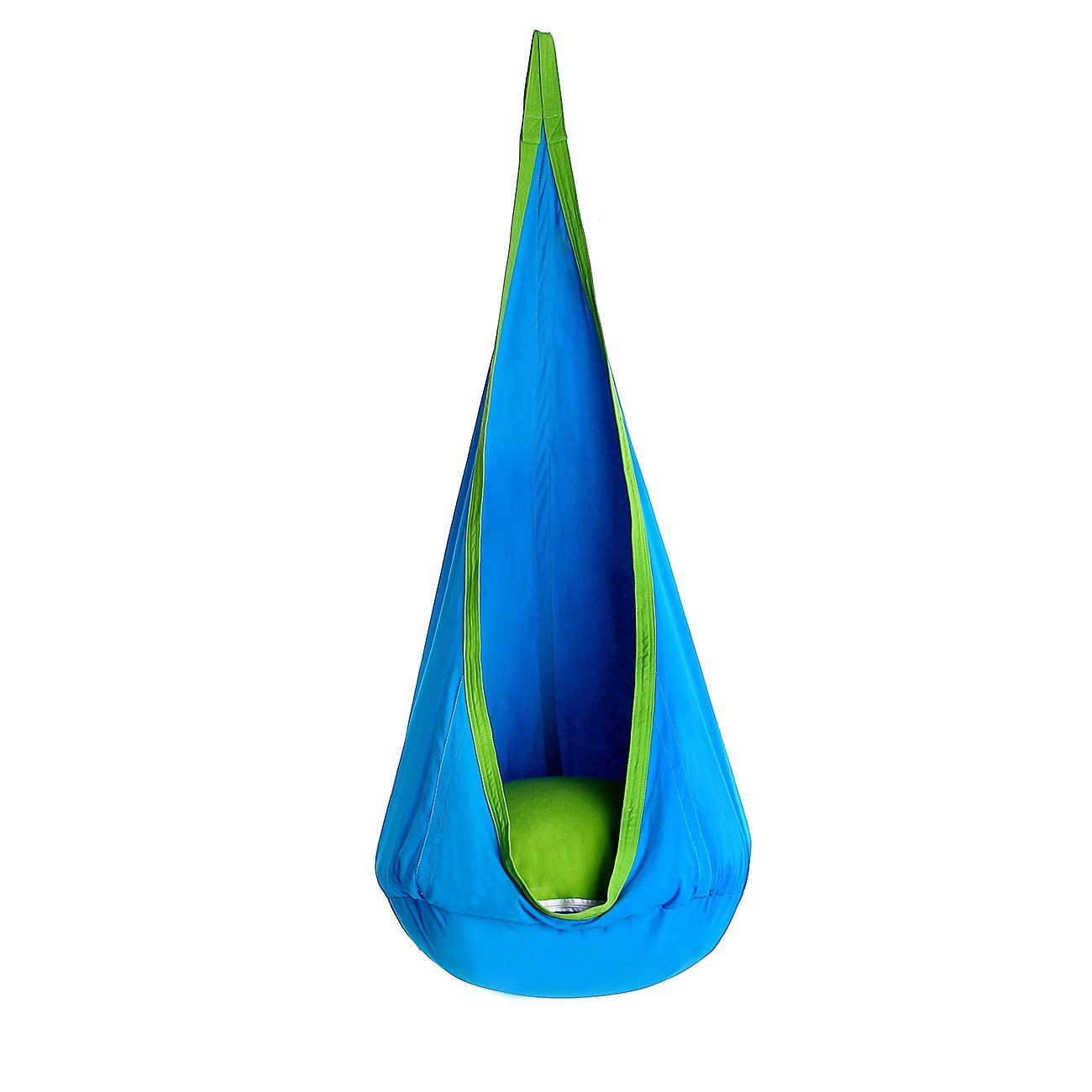

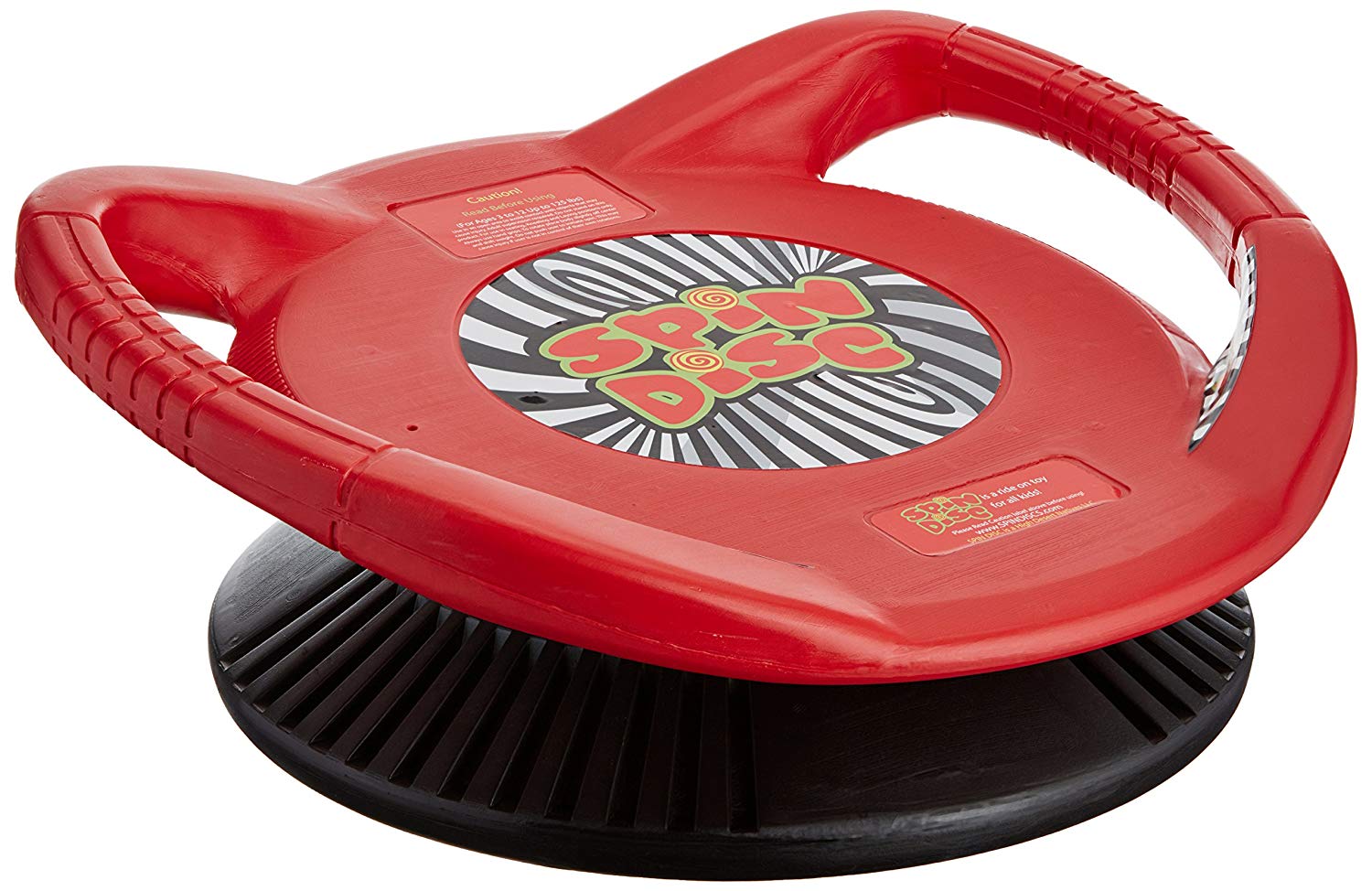
#5 Heavy Work
As a special education teacher, I knew all about tactiles, movement, lighting and pressure. But "heavy work?"
What the what!??
My occupational therapist told me during a meeting to have my student wear a backpack full of books to and from his classes.
Apparently, heavy work activities provide immense proprioceptive input, producing a calming effect and therefore, reducing anxiety. Pushing and pulling heavy objects such as barrels, carts, large bean bags, piles of chairs, or another child on the swing all support in delivering this input. These activities provide deep pressure to muscles, joints, ligaments, and key points of the body (shoulders, pelvis, hips). Moreover, allowing movement breaks will help a child concentrate better in studies. Consider sending the child to an office during the school day to hand in papers, or ask him/her to distribute assignments in the classroom.
I hope this post has been informative and useful for you. I would love to see examples of your sensory rooms.


